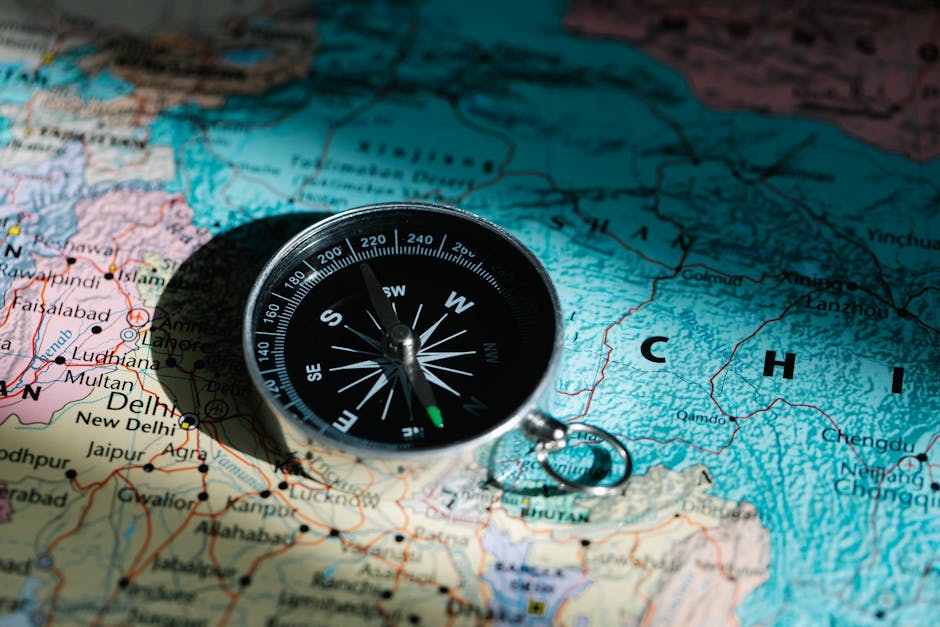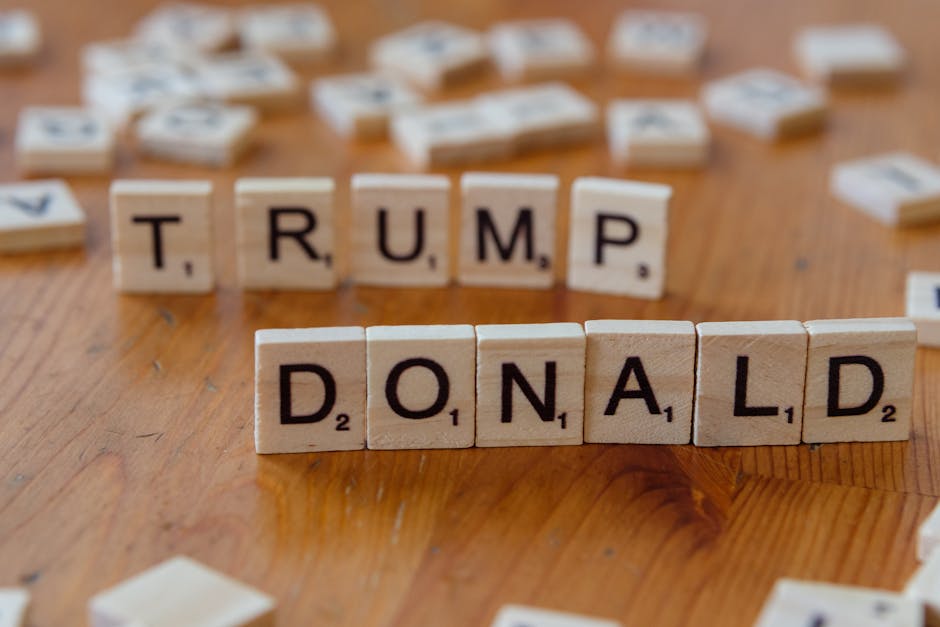“Ready To Share Our Journey”: China Offers To Help India Fight Delhi’s Toxic Air
In a significant diplomatic move, China has offered to assist India in addressing Delhi’s worsening air pollution crisis, which frequently pushes the city’s Air Quality Index (AQI) to hazardous levels. The proposal, framed as part of “shared environmental challenges,” arrives amid complex India-China relations. While some welcome potential collaboration, others remain cautious given ongoing geopolitical tensions.
China’s Pollution Control Expertise: What’s on the Table?
At a recent environmental summit, Chinese officials highlighted their success in reducing smog in Beijing and other major cities. Over the past decade, China has enforced strict anti-pollution measures, including:
– Shutting down heavy-polluting industries
– Expanding renewable energy adoption
– Implementing AI-powered air quality monitoring
– Deploying smog towers and large-scale filtration systems
“China is ready to share our journey and solutions with India,” stated Li Gao, Director-General of China’s Ministry of Ecology and Environment.
Key offers include:
✔ AI-based air quality prediction systems – Helps preempt pollution spikes.
✔ Emission control policies – Insights from China’s electric vehicle transition.
✔ Urban smog management tech – Including filtration units tested in Chinese cities.
India’s Dilemma: Collaborate or Stay Independent?
The Indian government has not yet issued an official response, but reactions are mixed:
Supporters argue:
– “Pollution is a transboundary issue—shared knowledge can fast-track solutions,” says Dr. Anumita Roychowdhury (Centre for Science and Environment).
– China’s proven track record in reducing urban smog could offer actionable strategies.
Skeptics caution:
– “We must scrutinize geopolitical motives behind the offer,” notes an anonymous Indian official.
– India has relied on domestic innovations like the PUSA bio-decomposer for crop burning—should these remain the focus?
Why Delhi’s Air Pollution Remains a Crisis
Delhi’s toxic air—worsening every winter—stems from:
– Vehicle emissions
– Industrial pollution
– Construction dust
– Crop burning in Punjab & Haryana
Despite measures like the Odd-Even scheme and Graded Response Action Plan (GRAP), AQI often exceeds 400 (“severe”). China’s own “war on pollution” since 2013 cut Beijing’s smog significantly through heavy investment ($120B+) and strict penalties.
Could This Ease India-China Tensions?
Environmental cooperation might open rare common ground despite past clashes like the 2020 Galwan Valley conflict. Climate action is a neutral zone where both nations—top global polluters—could align interests.
“Accepting help could rebuild trust, but skepticism is inevitable,” says analyst Harsh Pant.
What Happens Next?
India may consider:
– Engaging China via multilateral forums (e.g., UN Environment Programme) instead of direct deals.
– Blending Chinese tech with local solutions for a hybrid approach.
For now, Delhi’s residents await decisive action as toxic air persists. Will China’s offer mark a turning point or fade as a diplomatic gesture?
Your Take: Should India accept China’s help or prioritize homegrown fixes? Share your thoughts below!
— Reported by NextMinuteNews




